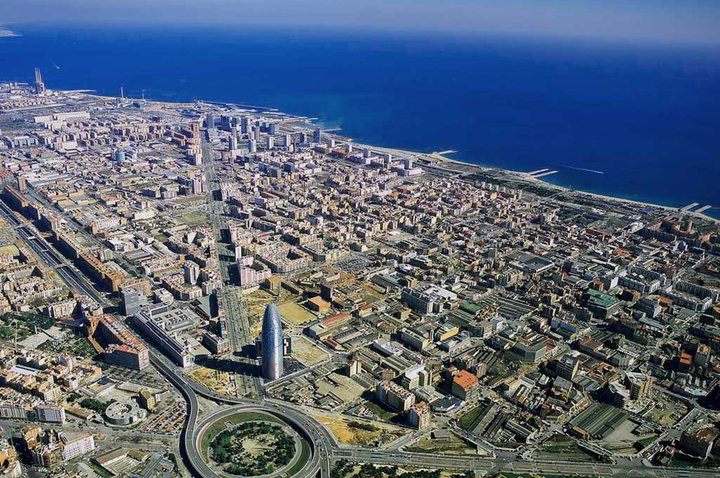The change in the office cycle is keeping the sector moving at two speeds. The implementation of hybrid work has led to a new paradigm for the segment: while prime offices are increasing rents and recruitment thanks to the fly to quality undertaken by a large number of companies, which seek to attract and retain talent through workspace, secondary offices are suffering and the market is beginning to think about a change of use to residential.
In this regard, the latest edition of The Office Property Telescope study, prepared by the real estate team of EY's strategy and transactions area, indicated that Madrid and Barcelona would gain 28,000 homes in twenty years if a change of use to residential use were to be carried out in offices with low rents and little investor appetite. The alternative pointed out in the report are alternative residential units, such as half-stay or coliving, with higher rents and greater market interest.
The consultancy firm estimates that the country's two major cities currently have 2.5 million square metres of office space that could be converted into residential units by 2043.
In Madrid, the office stock prone to transformation reaches 1.8 million square metres of built-up area, which if repositioned as alternative residential would imply a strong valuation for the owners of these properties and the incorporation of 20,000 residential or similar units.
Barcelona could follow the same trend as Madrid, but to a lesser extent. In the Catalan capital, 8,000 residential or similar units could be added if 763,000 square metres of built-up office space, which is currently not achieving the profitability expected by its developers or owners, were to be repositioned. Thus, in the best office areas of Barcelona, prices could float between 37 and 39 €/sqm/month.
However, while this repositioning is still to come, the market is registering quarter-on-quarter declines. Vacant office space at the end of the first half of the year rose to 2.5 million square metres in Madrid and Barcelona, which meant that the vacancy rate in the two main Spanish markets stood at 11.8%, according to EY.





